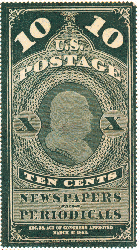
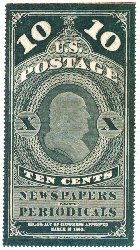
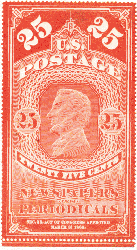
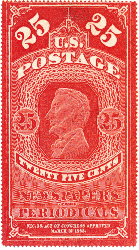
The Regular Issues




PR2--- PR6--- PR3--- PR7
PR 1-8
Stamps are typographed and embossed. The embossing is of variable quality; some impressions show every line, others show only the shadows of the larger letters and figures. Paper varies from semi-thick to thin. Although Scott dimensions these as 51mm x 95mm. They can vary from these dimensions as much as 1mm.
These issues were applied to bundles of newspapers and normally canceled with brush strokes using a thick black or blue ink that can often be felt on the paper. These should never have nice clean cancels or nice city cancels. These are found only on the The Counterfeits.
Colors are a problem. Shades vary.
Of course, if you've never seen all the different colors side by side, who knows if you're looking at green or grey green or blue green. PR2 is often confused with PR6. The PR6 reprint is more of a blue-green, with a clearer impression, and whiter paper. PR3 is often confused with PR7. The PR3 is definitely more orange while PR7 is orange red. PR8 is a darker blue than PR5.
Special Note: These were supposedly not gummed. However there is evidence of PR3 being gummed. I have one. It does not appear to be re-gummed. Other collectors have reported the same. Let me know if you have any information.
Will Buy: Any canceled copies.
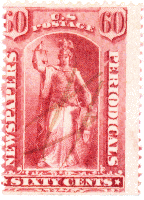
PR 20
PR 9-101
Beginning with PR9, the newspaper stamps were no longer affixed to the actual bundles of newspapers themselves, but affixed onto a Post Office Page, kept by the postmaster, and then later destroyed. Used stamps are thus scarcer than unused issues.
PAPER DIFFERENCES
PR9-32 have thin hard paper and gum (hold to light). The The Special Printings PR33-56 were never gummed. I can not tell the difference between the paper of a regular issue PR9-32 without gum and the Special Printings. A perforated proof can also pass as a PR9-32 in terms of paper (be careful). PR57-79, and PR81-89 are of thicker paper easily differed when held up to light.
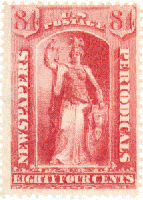
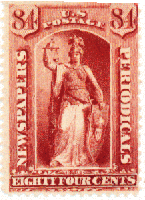
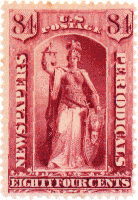
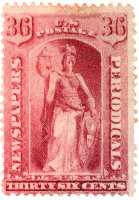
PR22--- PR69--- PR88--- PR84
COLOR DIFFERENCES
Shades vary considerably and it is very difficult tell PR9-80 apart by color with the exception of PR63-70 (12¢ -96¢ ) which have a reddish cast when compared to the others (see PR22 versus PR69 above). The "pale rose" of the Special Printings and the "pink" of the PR95-99 also help some with identification. Otherwise, count on the differences in paper. PR82-89 are very close in color to PR16-23 (see PR88 above), but again, the paper is much thicker.


GUM DIFFERENCES
PR9-32 have hard white gum. PR33-56 are ungummed. PR57-79 have heavy brownish yellow to yellow white gum. The gum of PR90-101 is of a mottled appearance, hard and white. It takes a lot of staring to begin to tell these issues apart by just their gum. However having no gum to work with is even worse I can not tell the PR13 (without gum) apart from the PR37 that never had gum. I would not buy a PR90-94 without gum (unless they had been expertised).
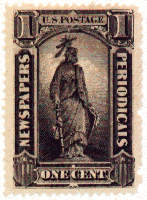
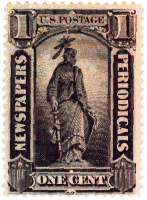
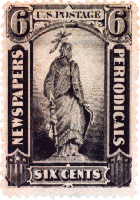
PR90 PR81 PR60
PERFORATION DIFFERENCES
PR80 and PR90-94 pose very difficult identification problems. The best way to identify them is by the poor perforations of these issues which were often "blind." Carefully note the poor perforations of PR90 versus the PR81 above. Dealer’s PR90-94s are usually typed wrong. If your stamps have nice clean perforations, they are probably not PR90-94 (don't buy). Even with this rule, identification is tricky. Note that the PR60 also has the blind perforations. I was positive this stamp was a PR93 but the expertising committee disagreed (now I'm not so sure).
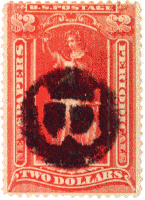
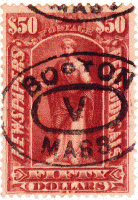
PR108 PR124
ISSUE OF 1895 PR102-130PR102-113 are unwatermarked. However since the watermark is often hard to read, especially on the $2.00 stamp, at times it is difficult to tell the two issues apart with the exception of the $5.00 which differs in color.
My album has places for PR 125-130. Scott does not recognize these as separate issues stating: "These are virtually indistinguishable from earlier printings." The understanding is that the reprints used a "smooth white gum" as compared to the "yellowish" gum on the originals and a "white" paper. They have a "sharp, clear cut appearance" instead of the "softer appearance of the originals." Still it is not clear whether they can be differentiated. I placed my "best guesses" in my PR125-130 spaces.